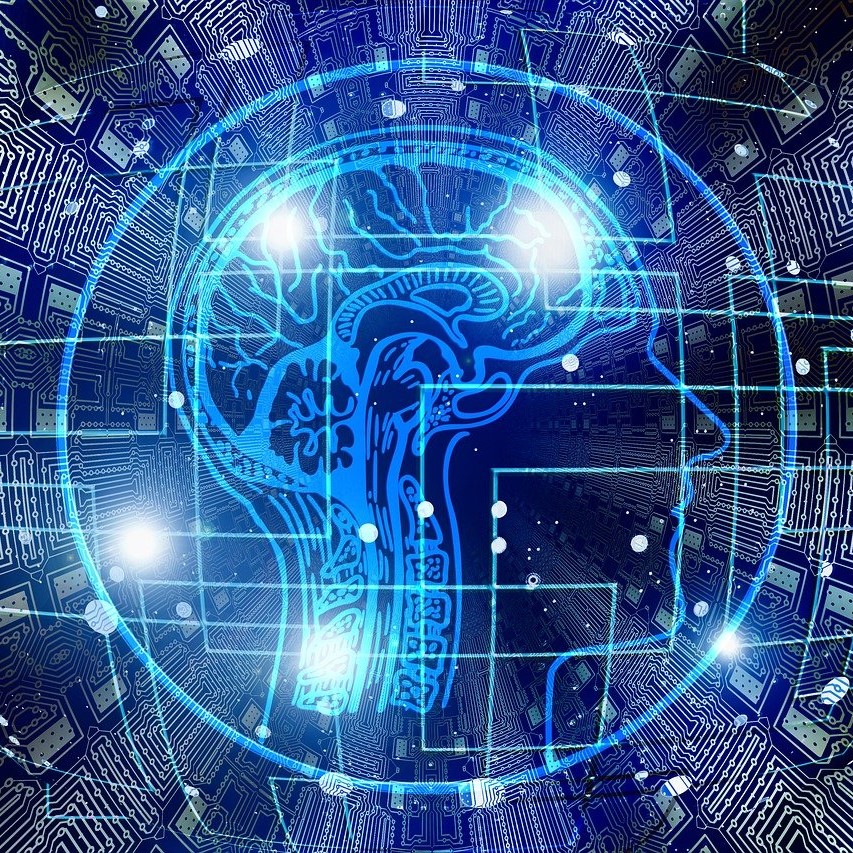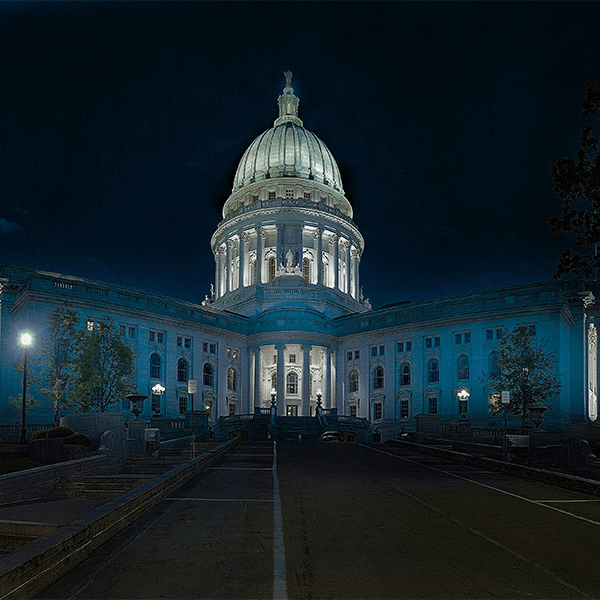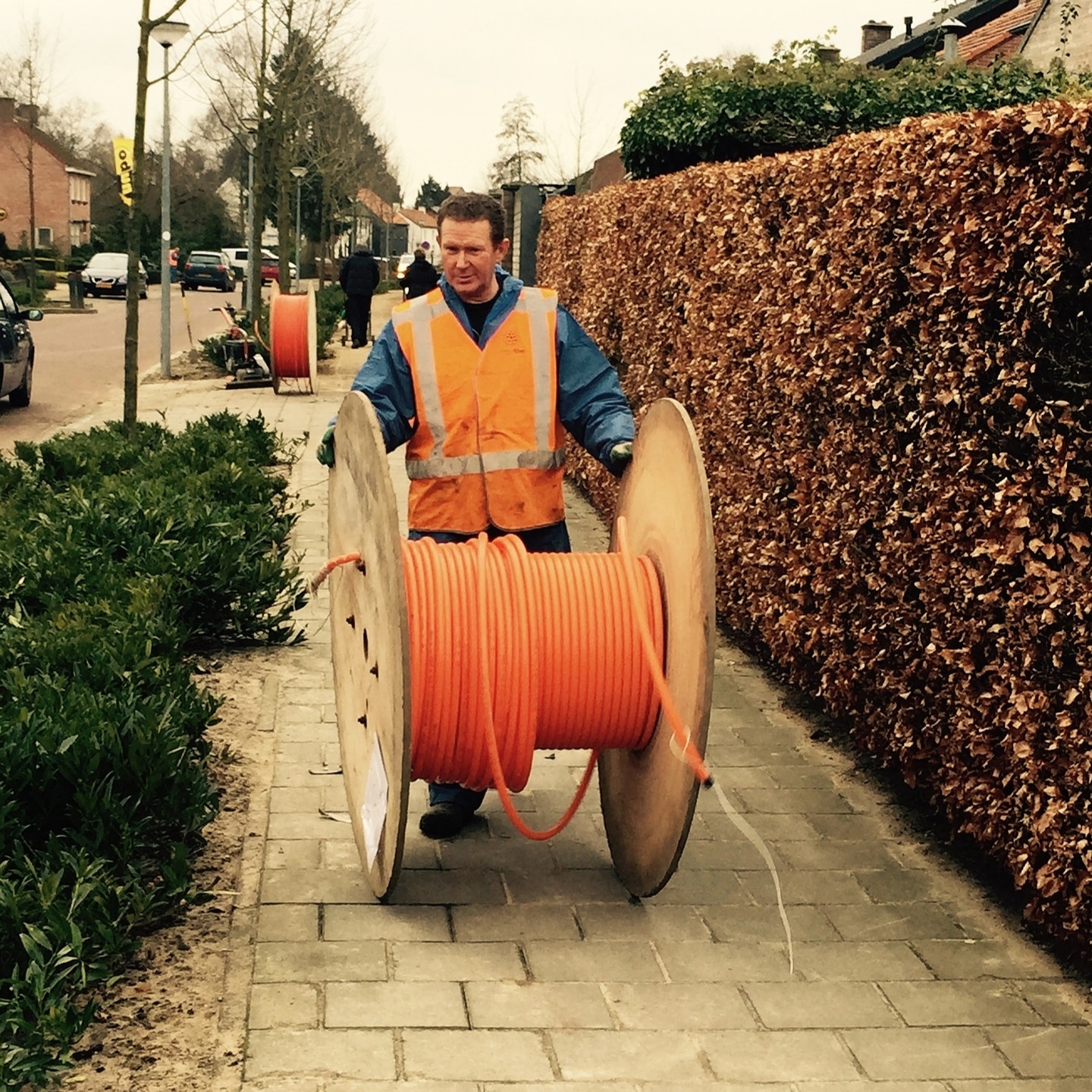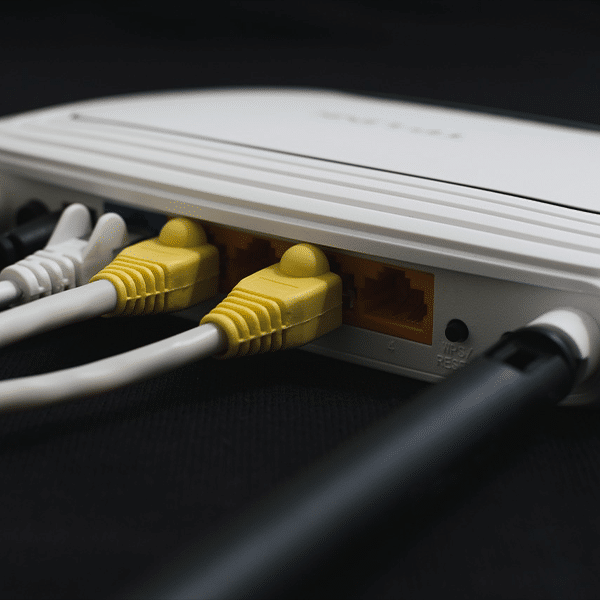AT&T Network President Chris Sambar is gung-ho on artificial intelligence (AI).
“Vetting the opportunities will be the hardest part because there’s so many of them,” he told participants at the BCG and NSR Future Series Conference: Fiber to the Future 2024 on Friday.
AT&T has a program management office devoted to AI, Sambar said. “Their job is to go through the opportunities and cull them down [to the ones] that will give us the biggest return.”
Sambar rattled off a long list of opportunities that the company sees, including some related to the Ask AT&T system that the company has been testing with employees and which Telecompetitor covered when the company first started talking about it last year.
Among the AT&T AI applications that Sambar referenced were:
- Checking a human’s work when a new element is put into service on the company’s network. Typically, there would be hundreds of lines of code to check and a mistake could cause an outage, Sambar noted.
- Dispatch optimization. AT&T has had this for years to, for example, assign three tickets in the same area to the same technician. But as Sambar told conference attendees, “AI is more intelligent. It can take into account weather, traffic patterns, and times of day.” He also noted that it can dynamically reassign a technician if, for example, a job is taking longer than expected.
- Making coders and developers more efficient. AI can do the initial coding on some tasks or can check coding.
- Enhancing the company’s ability to put the radios on cellsites to sleep when they are not in use. Sambar also sees an opportunity to take that AT&T AI capability deeper into the network.
- Enhancing customer care through a combination of natural language and network data. As Sambar put it, “If you can get the voice to sound just like a person, you can do a lot around customer care.” An example, he said, might be to automatically have a voice tell customers calling about an outage about the anticipated restoration time.
- Improving the company’s ability to prepare for large gatherings of people, such as for a political rally. AI would look for public information about such events and ask permission to reconfigure the network to provide more cellular capacity there. This could potentially eliminate the need for technicians to work on the weekend, Sambar said.



